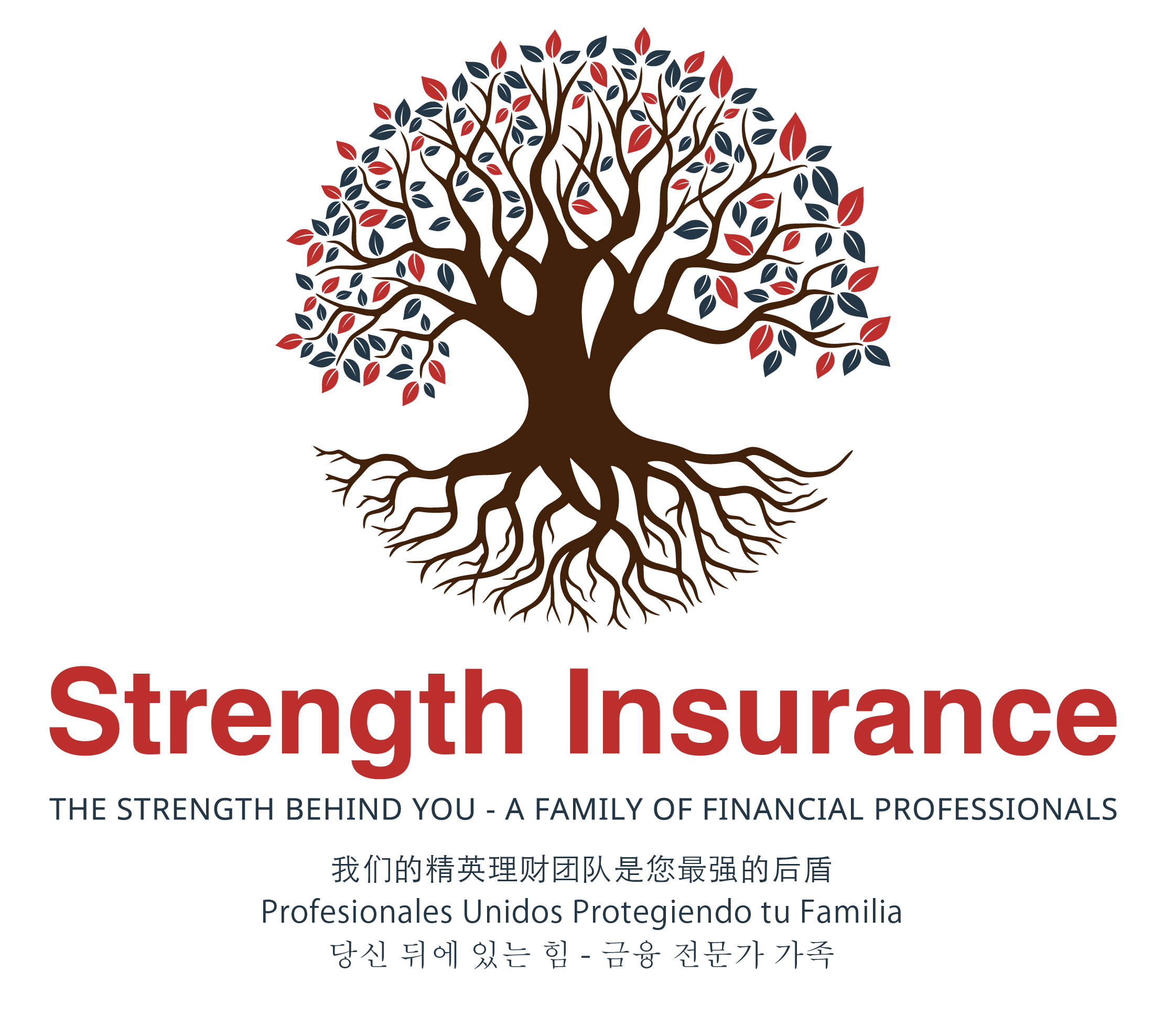Life insurance is a crucial component of financial planning, providing protection and peace of mind for you and your loved ones. However, navigating the different types of life insurance can be overwhelming. In this comprehensive guide, we’ll explore the various types of life insurance policies available, their features, benefits, and considerations to help you make informed decisions about your life insurance needs.
1. Term Life Insurance:
Term life insurance provides coverage for a specific period, typically 10, 20, or 30 years. It offers a death benefit to your beneficiaries if you pass away during the term of the policy. Term life insurance is known for its affordability and simplicity, making it an excellent option for individuals seeking temporary coverage to protect against financial obligations such as mortgages or education expenses.
2. Whole Life Insurance:
Whole life insurance is a permanent life insurance policy that provides coverage for your entire life, as long as premiums are paid. In addition to the death benefit, whole life insurance includes a cash value component that grows over time on a tax-deferred basis. This cash value can be accessed through withdrawals or loans and can serve as a source of funds for various financial needs.
3. Universal Life Insurance:
Universal life insurance is another type of permanent life insurance that offers flexibility in premium payments and death benefit options. With universal life insurance, you have the ability to adjust your premiums and death benefit as your needs change over time. The policy’s cash value earns interest based on current market rates, providing the potential for growth over the long term.
4. Variable Life Insurance:
Variable life insurance is a permanent life insurance policy that allows policyholders to allocate their premiums among various investment options, such as stocks, bonds, and mutual funds. The cash value of the policy fluctuates based on the performance of the underlying investments, offering the potential for higher returns but also greater risk. Variable life insurance provides both a death benefit and a cash value component.
5. Indexed Universal Life Insurance:
Indexed universal life insurance combines the features of universal life insurance with the potential for interest crediting based on the performance of a stock market index, such as the S&P 500. Indexed universal life insurance offers the opportunity for cash value growth linked to market performance, with downside protection against market losses. Policyholders have the flexibility to adjust their premiums and death benefit, providing customizable coverage to meet their needs.
Conclusion:
Choosing the right type of life insurance policy requires careful consideration of your financial goals, budget, and risk tolerance. Whether you’re looking for temporary coverage to protect your family during your working years or permanent coverage to provide for your loved ones and leave a legacy, there’s a life insurance policy that’s right for you. By understanding the different types of life insurance available and working with a knowledgeable advisor, you can ensure that you have the coverage you need to protect your financial future.



